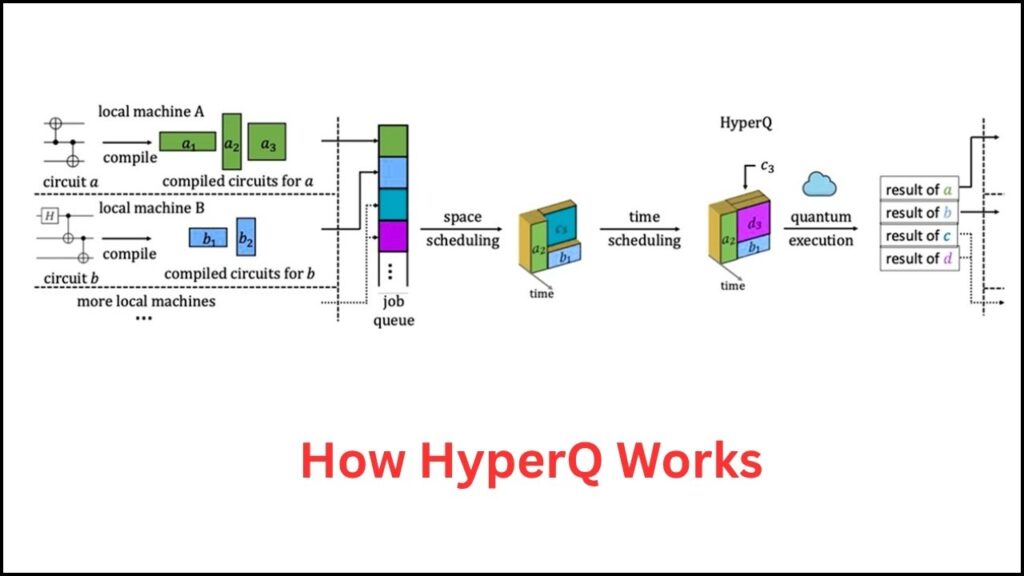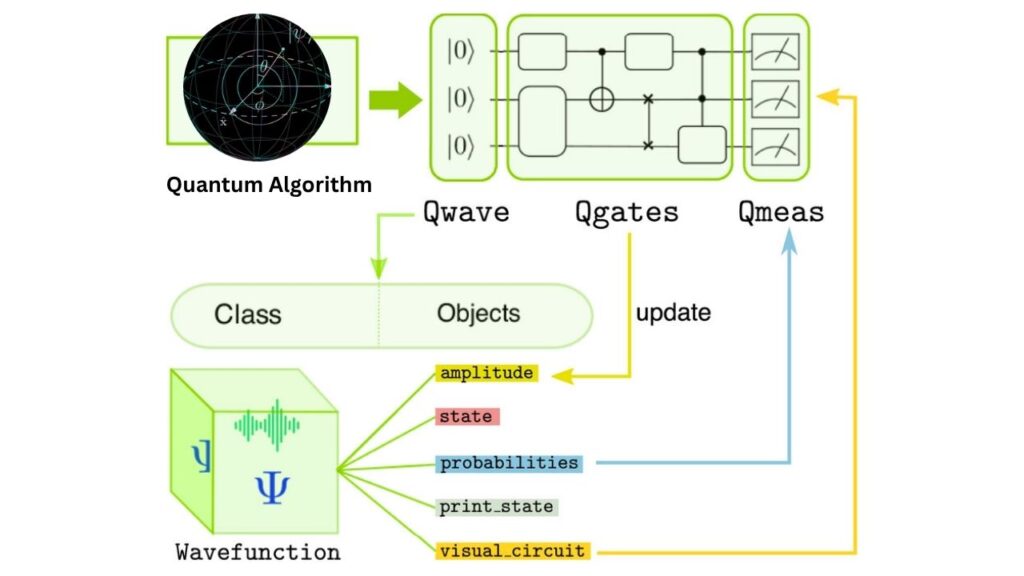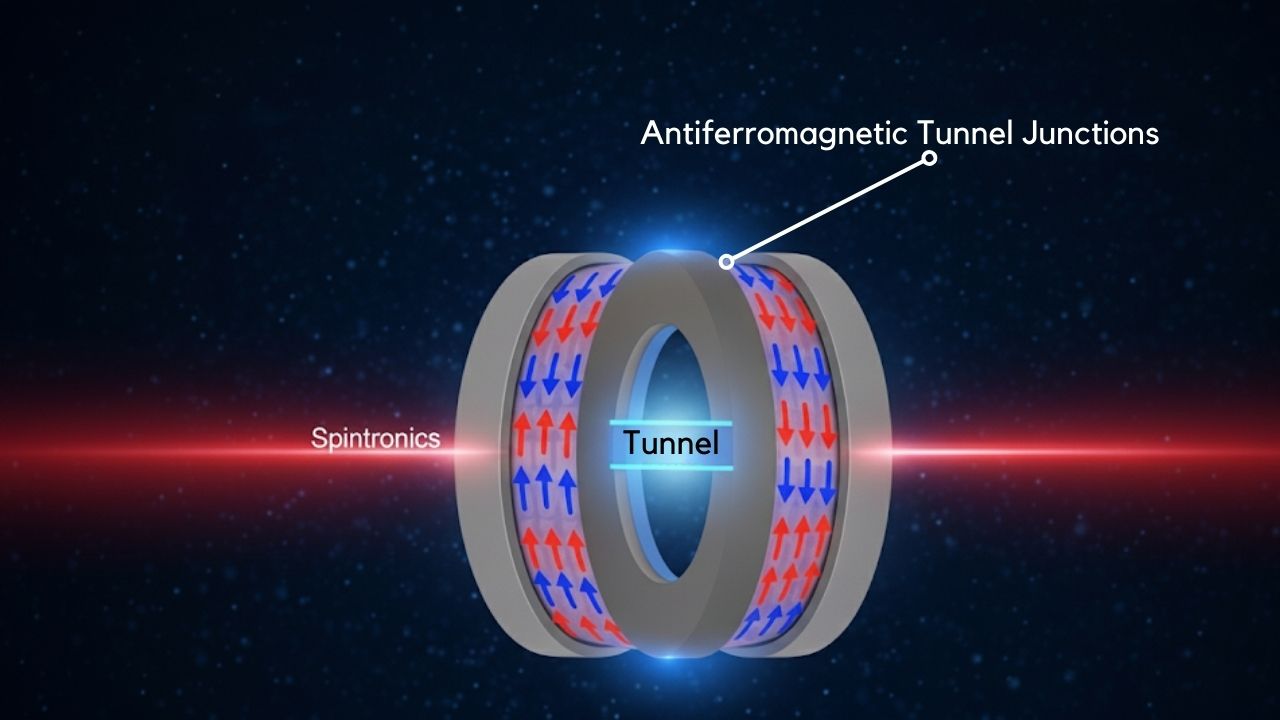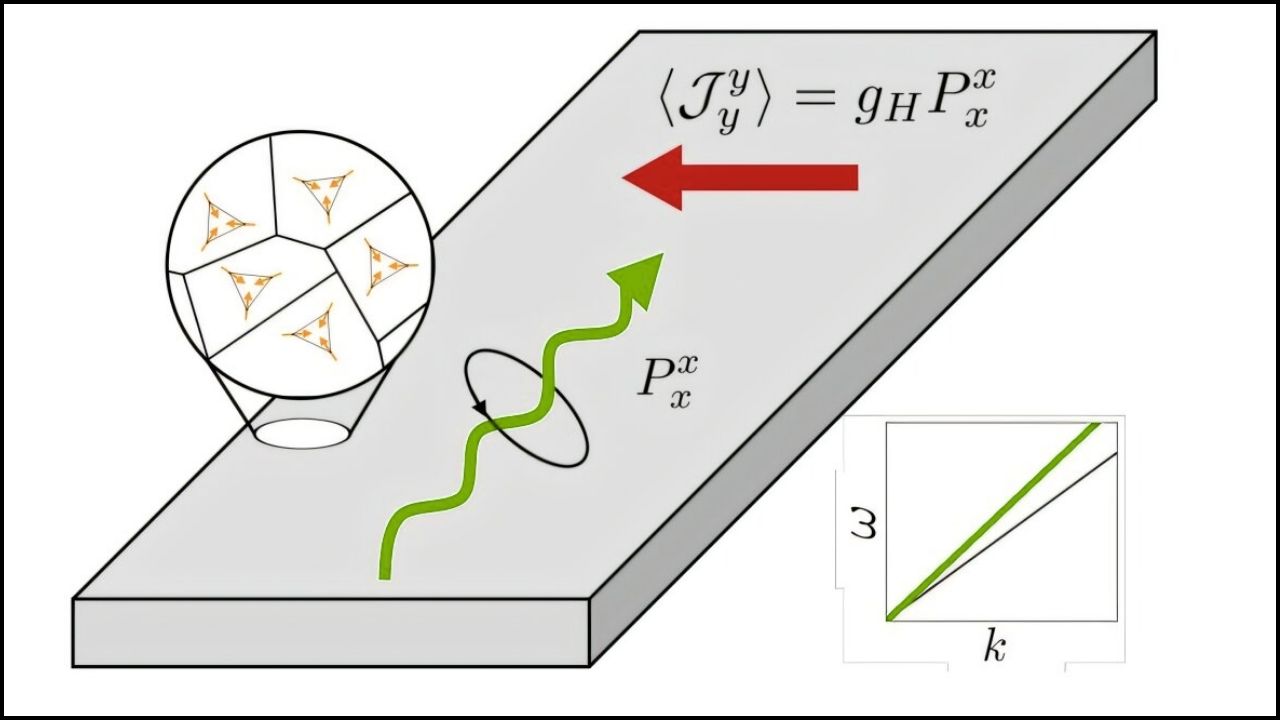Quantum computing is often described as the next great leap in technology, promising to solve problems that are impossible for even the fastest supercomputers today. But for years, a stubborn technical bottleneck has held this promise back: quantum computers could only run one program at a time. This meant that, despite their potential, these machines were often underused, with researchers and companies waiting in long lines for their turn.

In a major breakthrough, engineers at Columbia University have developed a multi-program architecture called HyperQ that finally shatters this bottleneck. Now, for the first time, multiple users can run their programs at the same time on a single quantum computer. This innovation is poised to accelerate quantum research, boost business applications, and make quantum computing more accessible to people around the world.
Columbia Engineers Break Quantum Bottleneck with Multi-Program Architecture
| Feature/Stat | Details |
|---|---|
| Breakthrough | HyperQ: Multi-program architecture for quantum computers |
| Core Benefit | Multiple users can run programs at the same time on one quantum machine |
| Wait Time Reduction | Up to 40x faster turnaround for users |
| Throughput Increase | Up to 10x more programs executed in the same timeframe |
| Resource Utilization | Up to 7x improvement in hardware usage |
| Accuracy | Intelligent scheduling can improve computation accuracy |
| Industry Impact | Faster scientific discovery, better business insights, more accessible quantum computing |
| Official Source | Columbia Engineering Newsroom |
Columbia Engineering’s HyperQ system represents a major leap forward in quantum computing. By enabling multiple users to run programs simultaneously on a single quantum computer, HyperQ dramatically increases efficiency, reduces wait times, and makes quantum resources more accessible and reliable. This breakthrough not only addresses a long-standing technical challenge but also paves the way for faster scientific discoveries and broader adoption of quantum technology in research and industry.
Understanding the Quantum Bottleneck
To appreciate the significance of HyperQ, it helps to understand the challenge it overcomes. Traditional quantum computers are designed to run one program at a time. This is partly due to the delicate nature of quantum bits, or qubits, which are easily disturbed by outside influences. If two programs ran at once, they could interfere with each other, causing errors or even crashing the system.
This single-user limitation led to a scenario where expensive quantum hardware often sat idle, waiting for the next job. Imagine a world-class concert hall where only one musician could play at a time, while everyone else waited outside. The potential was enormous, but the reality was inefficient.
What Is HyperQ? The Multi-Program Quantum Solution
HyperQ is a software architecture that changes the game by allowing many users to share a quantum computer at once—without their programs interfering with each other. It does this by creating quantum virtual machines (qVMs), which are like mini quantum computers inside the main machine.
How HyperQ Works

- Virtualization: HyperQ partitions the physical qubits of a quantum chip into several isolated groups. Each group forms a qVM, which can run its own program independently.
- Dynamic Scheduling: HyperQ analyzes the needs of each program—such as how many qubits it requires and how sensitive it is to errors—and assigns it to the best available qVM.
- Intelligent Resource Management: The system monitors the quantum chip in real time, steering jobs away from noisy or unreliable regions to maximize both efficiency and accuracy.
This approach is similar to how cloud computing revolutionized classical computers, allowing many users to share the same hardware without conflict.
Why HyperQ Is a Game-Changer
1. Massive Efficiency Gains
With HyperQ, quantum computers can be used much more efficiently. In prototype tests, the system reduced average user wait times by up to 40 times and increased the number of programs executed in the same period by up to tenfold. This means researchers and businesses can get results much faster, and quantum hardware investments deliver far greater value.
2. No Need for Special Tools or Code Changes
One of HyperQ’s most practical advantages is that it works with existing quantum programming languages and tools. Users do not need to rewrite their code or use specialized compilers. HyperQ handles all the complexity behind the scenes, making it easy for organizations to adopt.
3. Improved Accuracy and Reliability
Quantum computers are notoriously sensitive to noise and errors. HyperQ’s intelligent scheduling can actually improve the accuracy of calculations by assigning jobs to the most reliable parts of the chip. This is a significant step forward in making quantum results trustworthy for scientific and commercial use.
4. Broader Access and Collaboration
By allowing many users to share a quantum computer at once, HyperQ opens the door to broader collaboration. More researchers, students, and companies can access quantum computing resources, accelerating innovation across fields like medicine, logistics, finance, and cybersecurity.
How HyperQ Works: Step-by-Step
Step 1: Partitioning the Quantum Hardware
HyperQ divides the quantum chip’s physical qubits into several groups, with each group forming a quantum virtual machine.

These qVMs are isolated from each other to prevent interference.
Step 2: Job Submission and Analysis
When a user submits a quantum program, HyperQ evaluates its requirements:
- How many qubits does it need?
- How long will it run?
- How sensitive is it to errors?
Step 3: Intelligent Scheduling
HyperQ uses this information to assign the program to the most suitable qVM. If one part of the chip is experiencing more noise or errors, HyperQ avoids it, ensuring the best possible performance.
Step 4: Parallel Execution
Multiple programs run at the same time on different qVMs. Each user’s program is isolated, so there’s no risk of cross-talk or interference.
Step 5: Results and Feedback
When programs finish, results are returned to users quickly. HyperQ continuously monitors performance and adapts its scheduling to improve efficiency and accuracy over time.
Real-World Example: HyperQ in Practice
Imagine a national research lab, a pharmaceutical company, and a university all want to use the same quantum computer:
- The research lab is simulating new materials for clean energy.
- The pharmaceutical company is modeling complex molecules for drug development.
- The university is running quantum algorithms for cryptography research.
With traditional quantum computing, these organizations would have to wait for their turn, potentially delaying important discoveries by days or weeks. With HyperQ, all three can run their programs simultaneously. The system ensures each gets the resources it needs, and results come back much faster.
Who Benefits from HyperQ?
Researchers and Scientists
- Faster Results: Run more experiments in less time.
- Greater Flexibility: Test multiple ideas or algorithms simultaneously.
- Collaborative Projects: Share quantum resources across institutions.
Businesses and Industry
- Increased Productivity: Make better use of expensive quantum hardware.
- Faster Insights: Accelerate research and development cycles.
- Cost Efficiency: Get more value from quantum investments.
Quantum Hardware Providers
- Higher Utilization: Serve more customers at once.
- Enhanced Service Offerings: Provide faster, more flexible access to quantum resources.
- Competitive Advantage: Stand out in a rapidly evolving market.
The Technical Edge: What Makes HyperQ Unique?
Advanced Virtualization
HyperQ’s virtualization technology is tailored specifically for quantum hardware. Unlike classical virtualization, which deals with memory and processors, HyperQ must account for the unique properties of qubits, such as entanglement and decoherence.
Real-Time Error Management
Quantum computers are prone to errors caused by environmental noise and hardware imperfections. HyperQ’s real-time monitoring and dynamic scheduling help mitigate these issues, making quantum results more reliable.
Seamless Integration
HyperQ is designed to work with existing quantum hardware and software stacks, including those from major providers. This means organizations can adopt HyperQ without overhauling their current systems.
Oxford’s 1-in-6.7 Million Qubit Leap Could Redefine the Future of Quantum Computing
Quantum Networking May Be the Missing Link to Unlocking Scalable Quantum Computing
PsiQuantum Study Reveals Roadmap For Loss-Tolerant Photonic Quantum Computing
FAQs About Columbia Engineers Break Quantum Bottleneck with Multi-Program Architecture
What is a quantum virtual machine (qVM)?
A qVM is a virtual environment within a quantum computer, created by partitioning the hardware’s qubits. Each qVM can run its own program independently, allowing multiple users to share the same machine.
How much faster is HyperQ compared to traditional quantum computing?
HyperQ can reduce average wait times by up to 40 times and increase the number of programs run in a given period by up to 10 times, based on prototype tests.
Do I need to change my quantum code to use HyperQ?
No. HyperQ is compatible with existing quantum programming tools and languages, so users do not need to modify their code.
Does running multiple programs at once affect accuracy?
HyperQ’s intelligent scheduling can actually improve accuracy by assigning jobs to the most reliable parts of the quantum chip, avoiding noisy or error-prone regions.
Who can benefit from HyperQ?
Researchers, businesses, educational institutions, and quantum hardware providers all benefit from the increased efficiency, speed, and accessibility HyperQ offers.
The Future of Quantum Computing with HyperQ
The introduction of HyperQ marks a pivotal moment in the evolution of quantum computing. By breaking the single-user bottleneck, Columbia’s engineers have opened the door to a new era of shared, efficient, and practical quantum computing.
Looking ahead, this innovation is expected to:
- Accelerate scientific discovery in fields like materials science, chemistry, and climate modeling.
- Enable new business applications in finance, logistics, and cybersecurity.
- Democratize access to quantum resources for students, startups, and researchers worldwide.
As quantum computers become more powerful and widely available, architectures like HyperQ will be essential for maximizing their impact and ensuring that the benefits of quantum technology are shared as broadly as possible.










